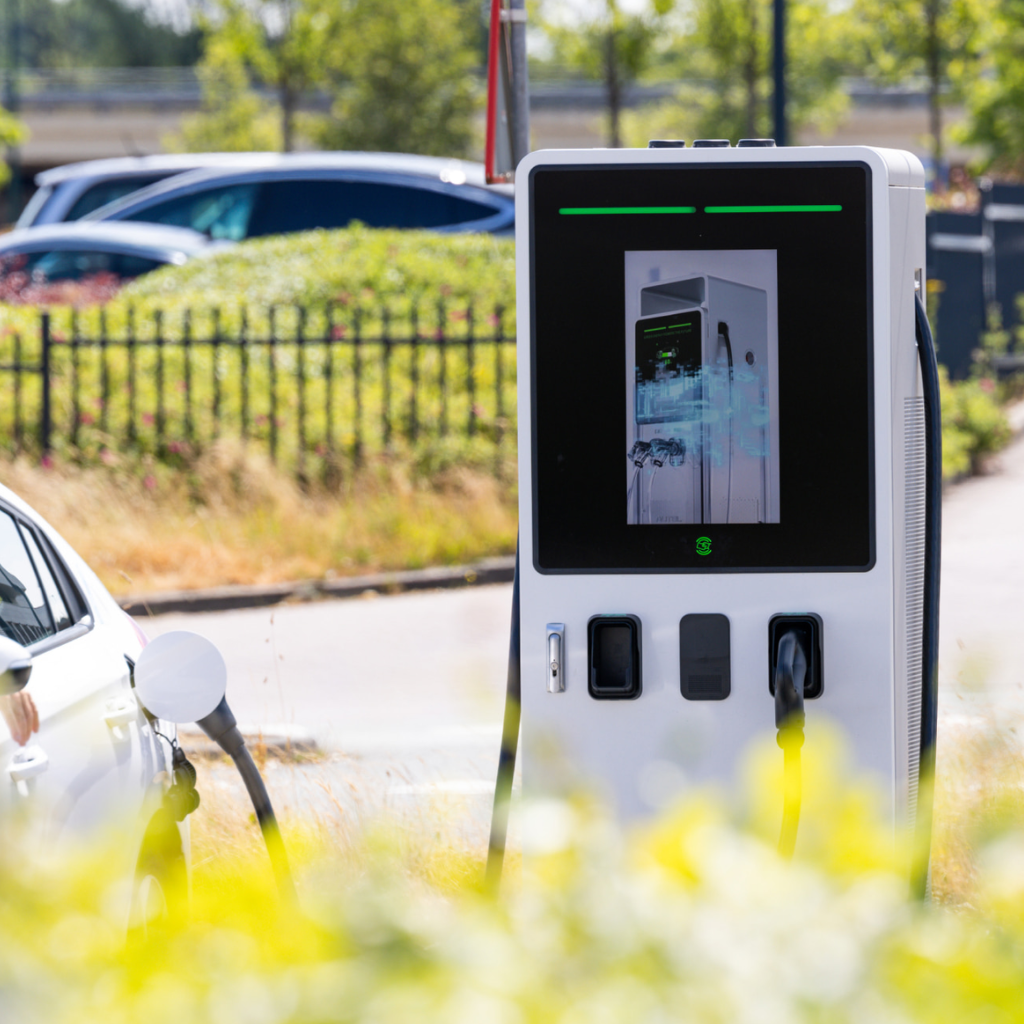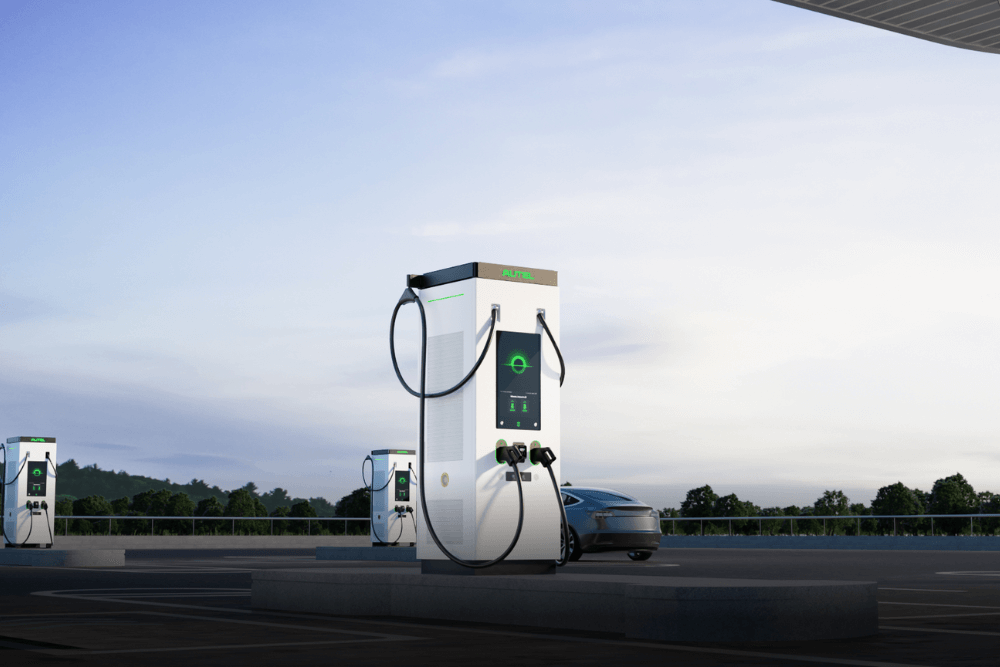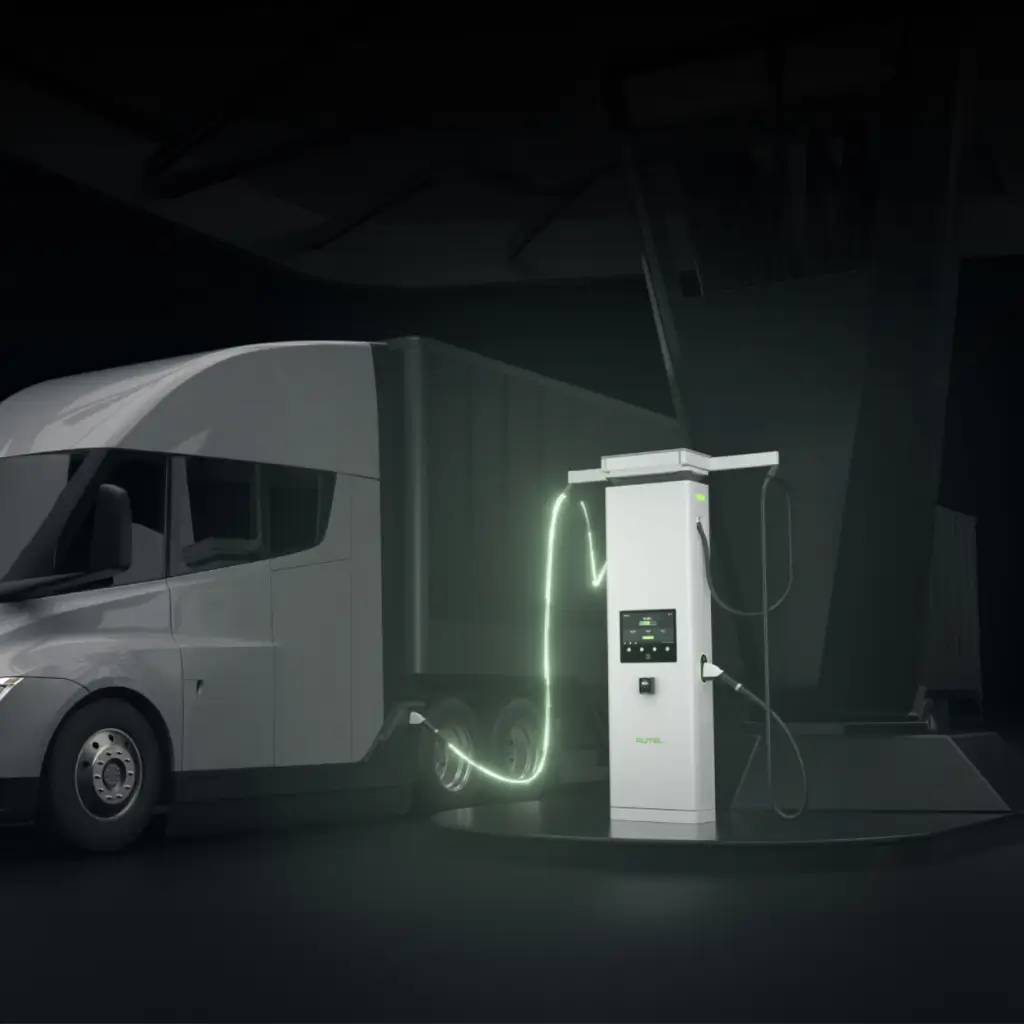
- MaxiCharger DH480
- MaxiCharger AC Pro
- MaxiCharger DC HiPower
- MaxiCharger DC Fast
- MaxiCharger DC Compact
- MaxiCharger AC Elite

- For CPOs
- For Fleets
- For Destination
- For Residential
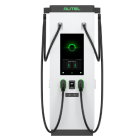 MaxiCharger DH480
MaxiCharger DH480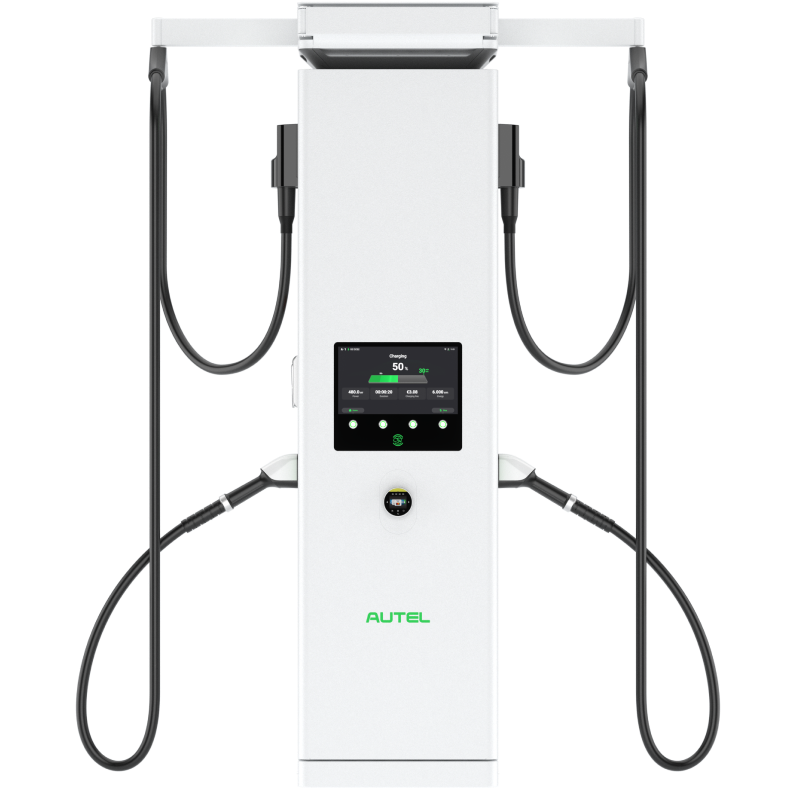 MaxiCharger DC HiPower
MaxiCharger DC HiPower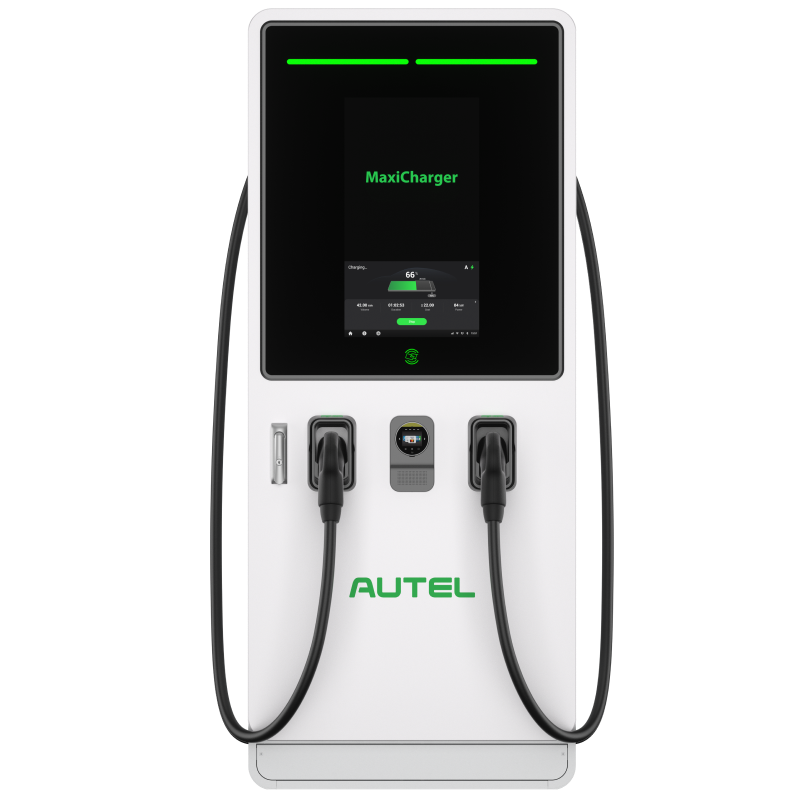 MaxiCharger DC Fast
MaxiCharger DC Fast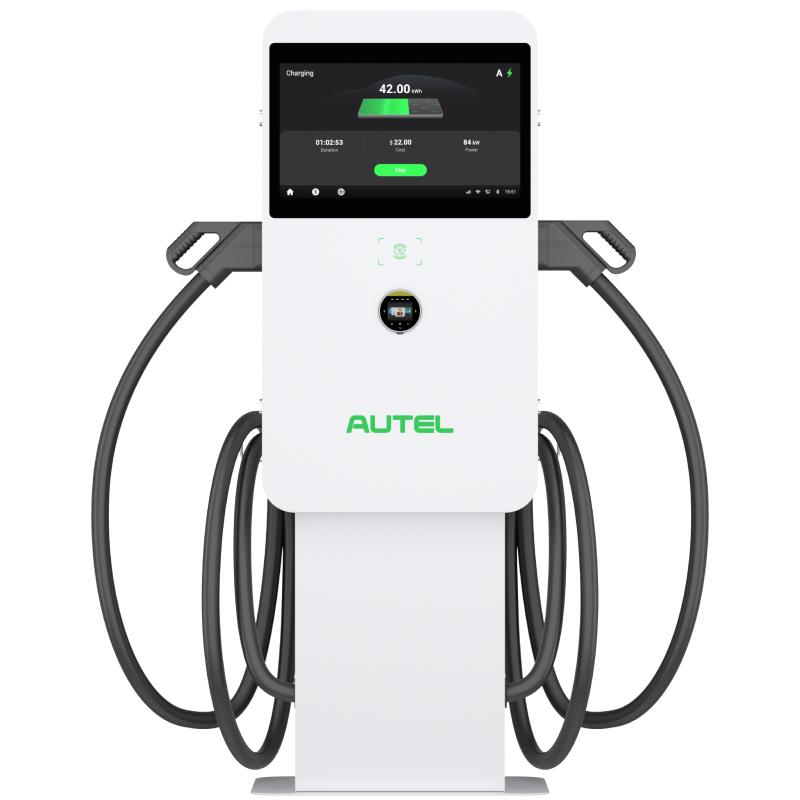 MaxiCharger DC Compact
MaxiCharger DC Compact
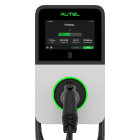 MaxiCharger AC Pro
MaxiCharger AC Pro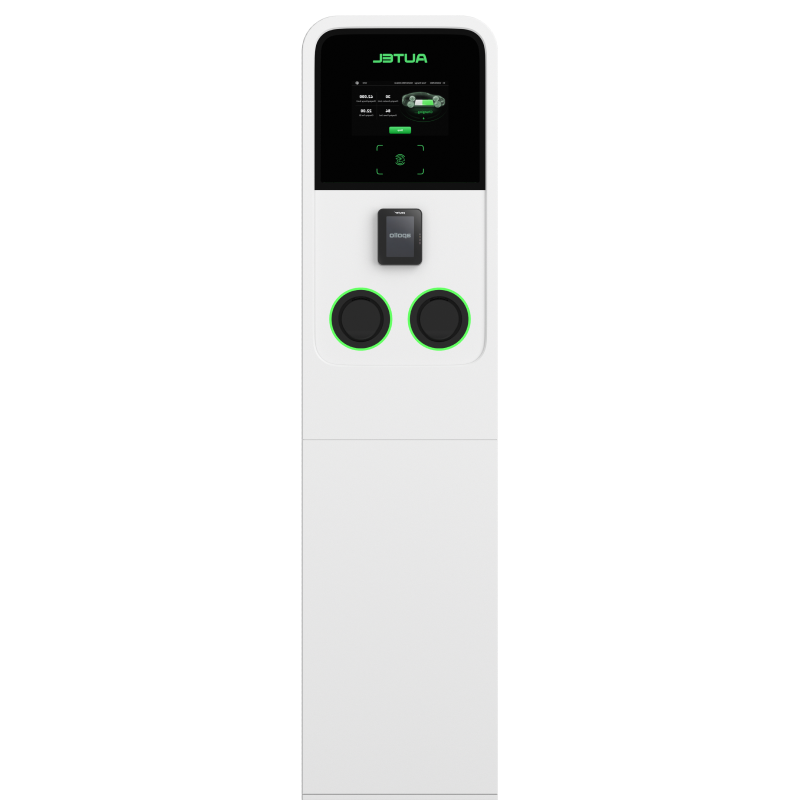 MaxiCharger AC Ultra
MaxiCharger AC Ultra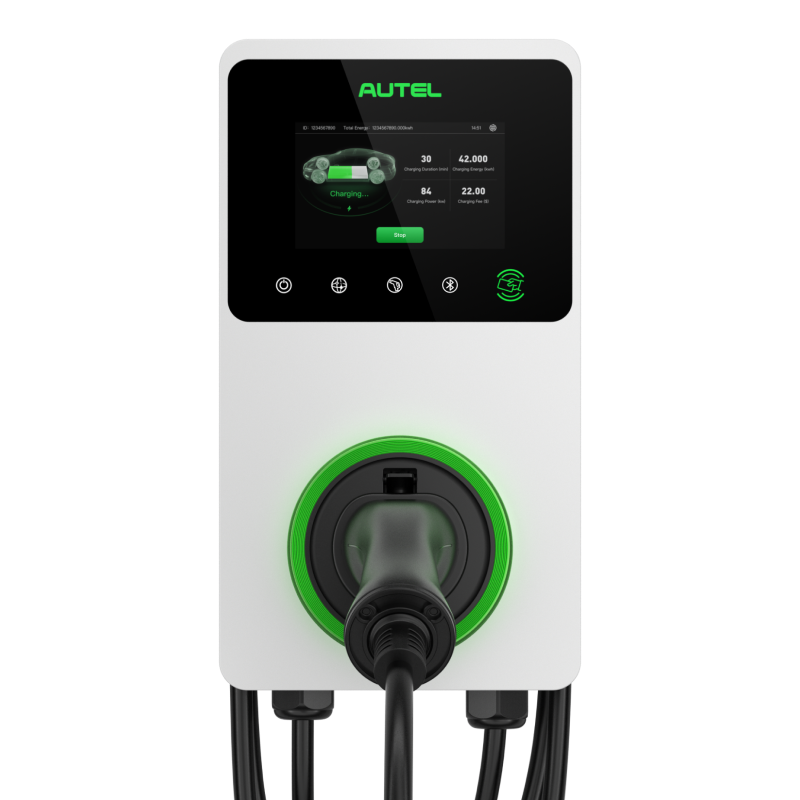 MaxiCharger AC Elite
MaxiCharger AC Elite
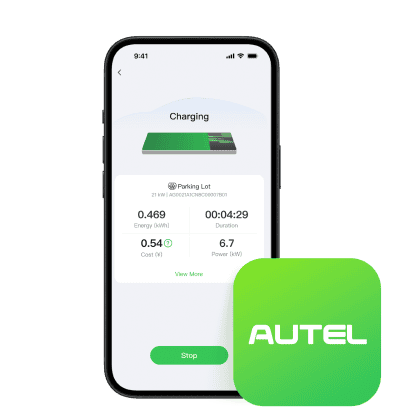 Software
Software
- Partner Introduction
- Become A Partner
- Event
- FAQ
- Blog
- About Autel
- Contact Us
- Sustainability
- Newsroom
- Brand Center
- Product Center
When and how to use DC fast charging?
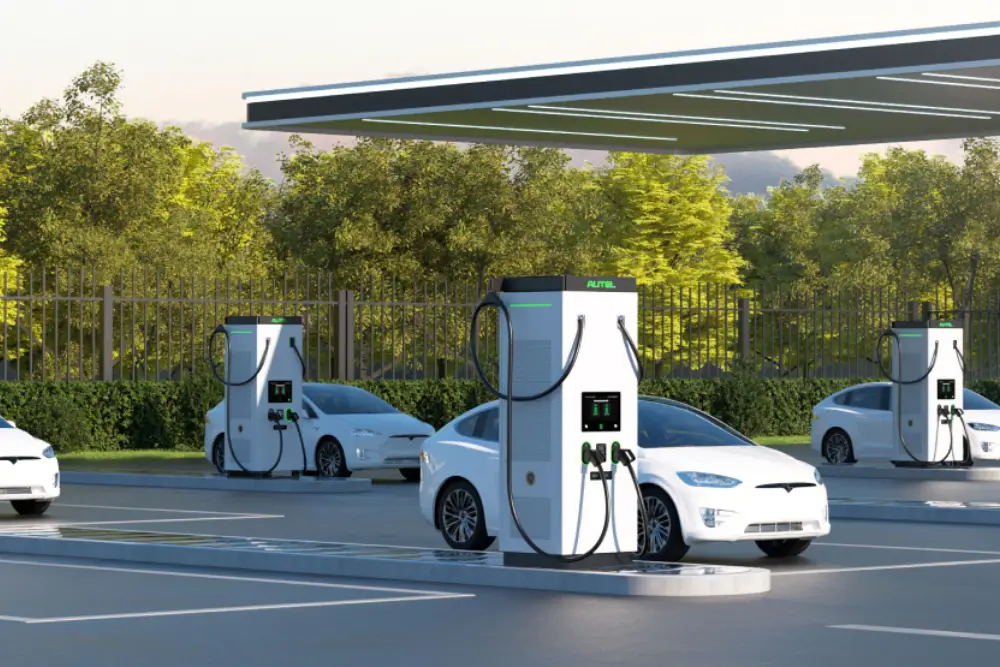
DC fast charging is the quickest way to recharge an electric vehicle (EV). It is important for long road trips, emergency charges, and urgent needs. To keep your battery lasting longer and charging well, use DC fast charging when it's between 20% and 80%.
This guide explains when to use DC fast charging. It also shows you how to use it step by step. Finally, it shares best practices to improve efficiency and battery health.
What Is DC Fast Charging?
Overview of DC Fast Charging
DC fast charging is a powerful way to charge electric vehicles (EVs). It sends direct current (DC) electricity directly to the battery. This method greatly cuts down on charging time.
DC fast chargers are different from Level 1 and Level 2 chargers. They use direct current (DC) instead of alternating current (AC). This means they skip the vehicle’s onboard converter. As a result, they can charge the vehicle much faster.
Related Reading:What Is a Level 3 Charging Station? [2025 Update]
How DC Fast Charging Works
DC fast chargers change AC power from the electrical grid into DC power. They then send this power directly to the EV battery. This removes the need for AC-to-DC conversion in the vehicle.
It allows charging speeds that can add 50-300 miles of range in 20-45 minutes. This depends on the charger’s power and the EV’s charging ability.
Advantages of DC Fast Charging
- Rapid charging speeds minimize downtime.
- Essential for long-distance travel, fleet vehicles, and emergency situations.
Challenges and Considerations
Charging at public stations is more expensive than charging at home. It usually costs $0.25 to $0.60 per kWh. In contrast, Level 2 home charging costs $0.10 to $0.20 per kWh.
Frequent fast charging generates heat, which can contribute to battery wear over time.
Not all electric vehicles (EVs) can use DC fast charging. Drivers should check if their vehicle works with CCS, CHAdeMO, or NACS.
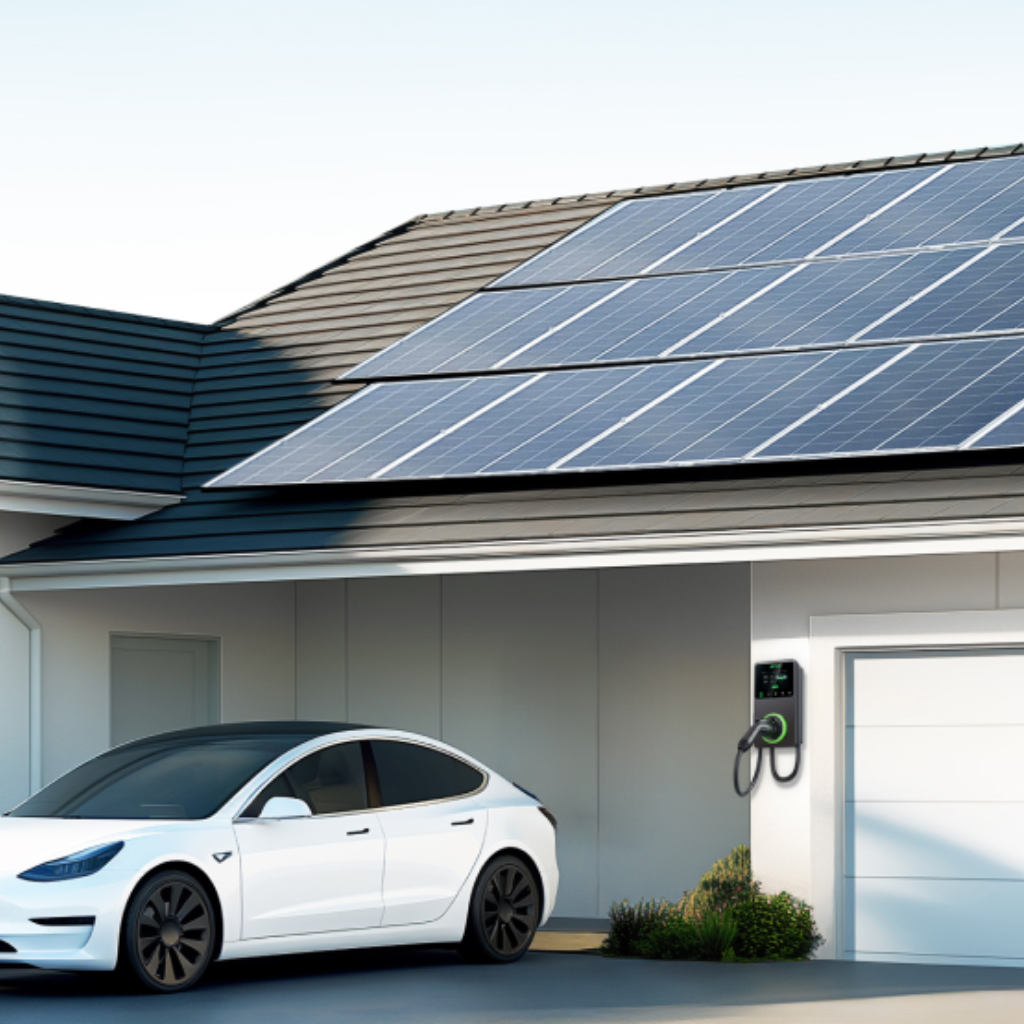
When Should You Use DC Fast Charging?
Long Road Trips and Travel Convenience
DC fast charging is ideal for road trips, allowing drivers to recharge quickly and continue their journey. For example, a Tesla Model 3 can charge from 20% to 80% in about 25 minutes at a Supercharger. This is much faster than a Level 2 charger, which can take 4 to 8 hours.
If you're running low on charge and in a hurry, DC fast charging is your best option. Whether you're commuting, heading to an appointment, or simply forgot to charge at home, you'll get a quick power boost to get back on the road quickly.
Fleet and High-Mileage Vehicles
Fleet operators, ride-share drivers, and commercial vehicles depend on fast charging to minimize downtime. Public fast chargers at depots and highways help keep fleet vehicles on the road with minimal interruption.
Emergency Charging Situations
If your battery is critically low and you need to reach a destination, DC fast charging serves as a lifeline. Many organizations strategically place public fast-charging stations along highways and in urban centers, making them accessible in urgent situations.
Charging Efficiency and the 80% Rule
For optimal efficiency, charge up to 80%—beyond this point, charging speed slows down significantly to protect battery health. If more range is needed, consider switching to Level 2 charging to avoid excessive battery strain.
Cost Considerations and Pricing
DC fast charging is costlier than home charging, but it varies by network and location. Some networks offer subscriptions for lower rates.
How to Find and Use a DC Fast Charging Station
Using Mobile Apps to Locate Charging Stations
Another great option is the Autel EV Charger, which offers fast, efficient, and smart charging solutions for various EV models.
Finding DC Fast Chargers Through Vehicle Navigation
Many electric vehicles, like Tesla, Ford, and Hyundai, have navigation systems. These systems suggest the best routes based on battery levels and charger availability.
Plugging in and Starting The Charging Session
Once at the station:
- Plug the charger into your EV’s charging port.
- Initiate the charging session using an app, credit card, or RFID access card.
- Monitor charging progress through the charger display, app, or EV dashboard.
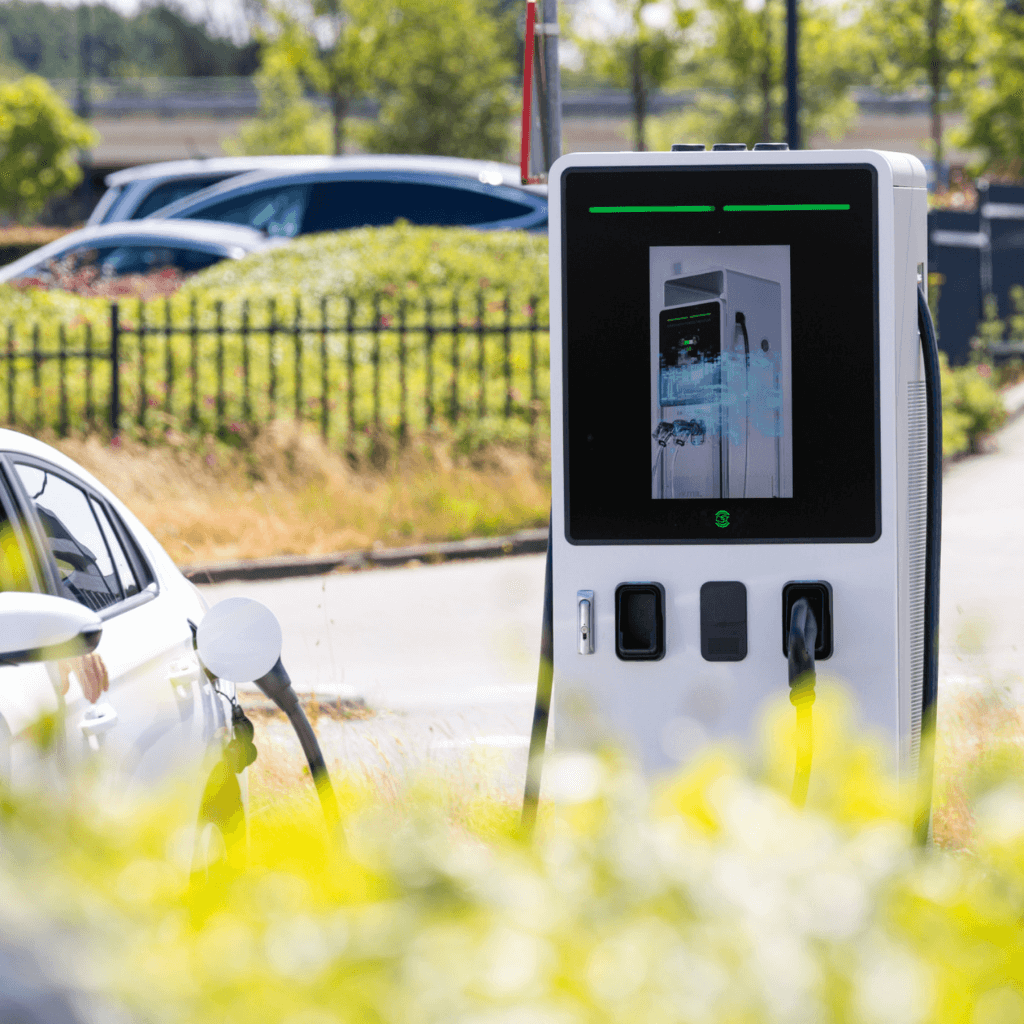
Unplugging and Following Charging Etiquette
When charging is complete, unplug your vehicle promptly to allow others to use the station. Avoid lingering at high-demand chargers to ensure fair access for all EV drivers.
Best Practices for Efficient DC Fast Charging
Follow the 20-80% Charging Rule
Charging between 20% and 80% is the most efficient and least stressful for the battery. Charging beyond 80% slows significantly, making it less practical at fast-charging stations.
Avoid Frequent Fast Charging
While DC fast charging is convenient, frequent use can accelerate battery degradation over time. Use Level 2 charging for daily needs and reserve DC fast charging for longer trips.
Monitor Battery Temperature
EVs with thermal management systems regulate battery temperature, but extreme heat or cold can still affect charging speed. If possible, avoid fast charging in extreme weather to prevent unnecessary battery strain.
Does DC Fast Charging Harm Your EV Battery?
Understanding Battery Degradation
Frequent high-voltage charging generates heat, which can slightly accelerate battery wear over time. However, modern EVs have advanced battery management systems (BMS) that regulate temperature and charging speed to minimize degradation.
Best Practices to Protect Battery Health
- Use fast charging only when necessary.
- Avoid charging to 100% unless absolutely needed.
- Precondition the battery if your EV has this feature (Tesla, Rivian, Hyundai).
- Charge in moderate temperatures to prevent excessive heat buildup.
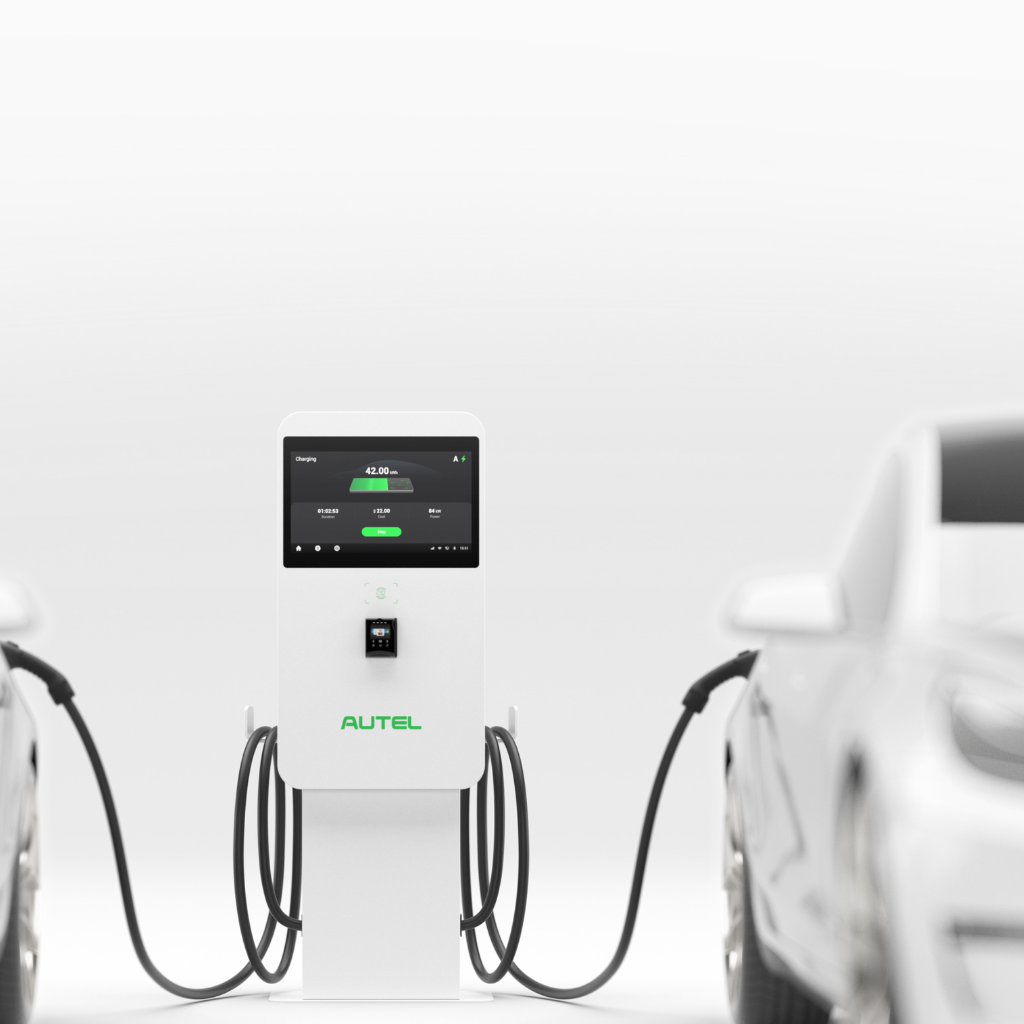
Frequently Asked Questions
How Long Does DC Fast Charging Take?
Charging from 20% to 80% usually takes 20 to 45 minutes. This time depends on the charger’s power output, which ranges from 50kW to 350kW, and the EV’s charging ability.
Can All EVs Use DC Fast Chargers?
Not all EVs support DC fast charging. Most modern EVs use CCS or CHAdeMO, while Tesla Superchargers now support other brands with adapters. Always check your EV’s compatibility.
Conclusion
DC fast charging is a valuable tool for EV owners when used strategically. By charging efficiently and keeping the battery healthy, drivers can make their battery last longer. They can also save money and enjoy smooth long trips.
